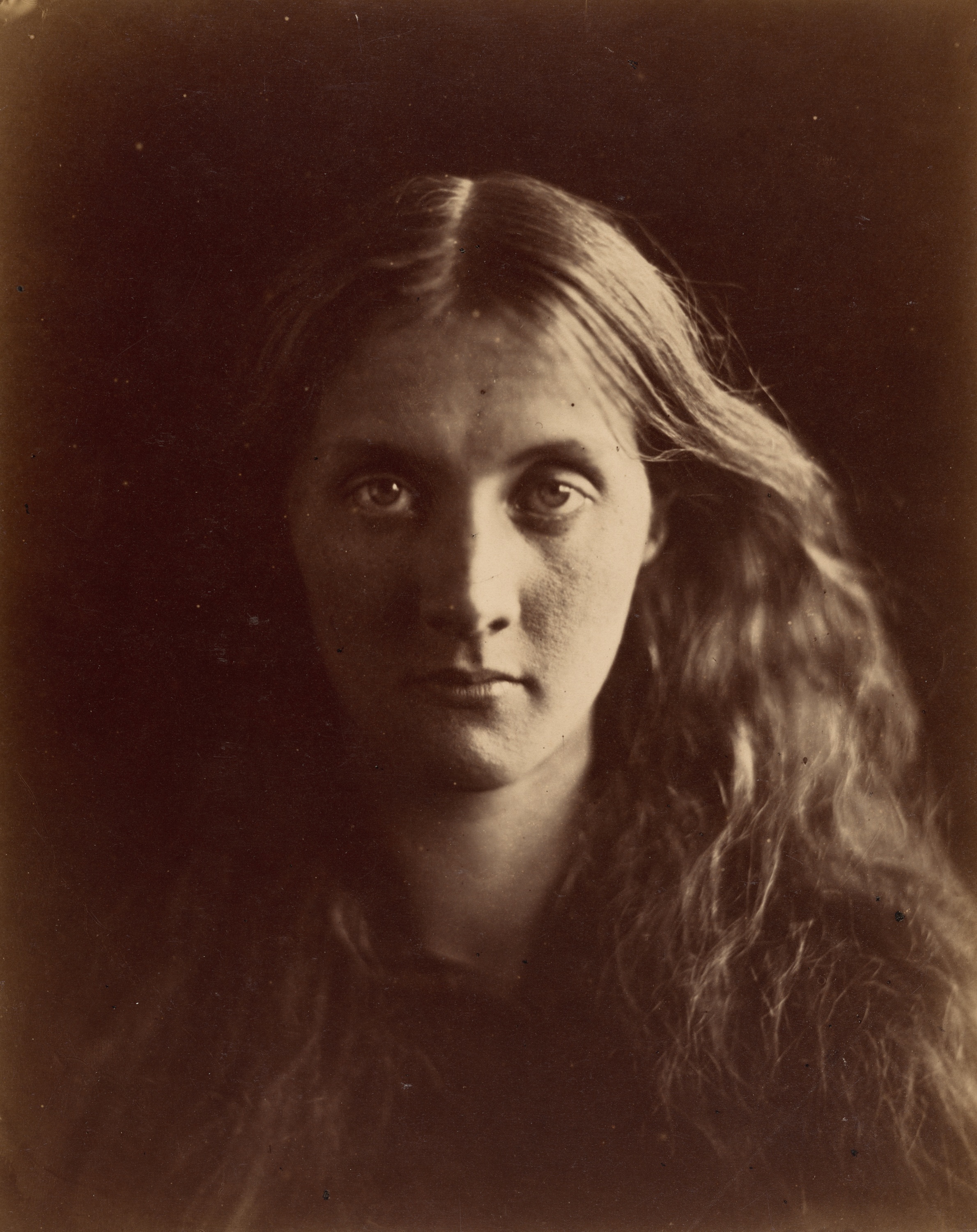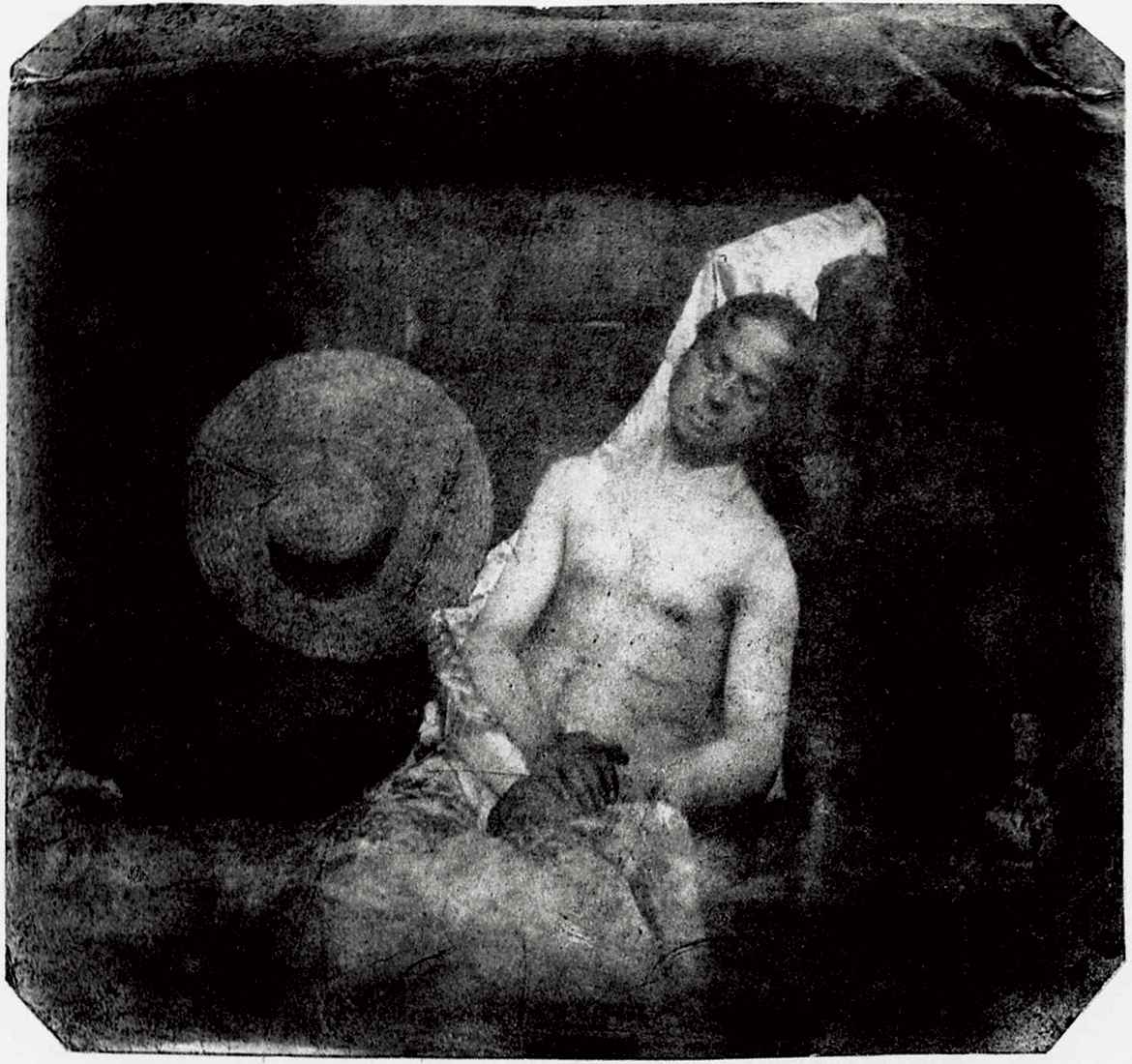Monday, February 29, 2016
INQUIRY #10: Edward Muybridge
1. Post a well-known image by Muybridge.

2. What was he studying through photography? Work in photographic studies of motion, and early work in motion-picture projection.
3. In terms of the set-up of his camera system, how did he make his photographs? Used multiple cameras to capture motion in stop-motion photographs, and his zoopraxiscope, a device for projecting motion pictures that pre-dated the flexible perforated film strip used in cinematography
Thursday, February 25, 2016
INQUIRY #9: “View in the Field, on the west side of Hagerstown road, after the Battle of Antietam."
2. Who made the photograph? (Post a photo of the man and caption it with his name).
 Alexander Gardner
Alexander Gardner
3. Who was his employer? (Post a photo of the man and caption it with his name).
 Matthew Brady
Matthew Brady4. What was the date the photo was made, and what depicted in the photo? Maryland, in September of 1862
Tuesday, February 23, 2016
INQUIRY #8: JULIA MARGARET CAMERON
2. Her photography style was characterized by...(what, specifically?) Portraits of celebrities of the time, and for photographs with Arthurian and other legendary or heroic themes.
3. When did she live and die? June 11, 1815 - 26 January 1879 (aged 63)
3. When did she live and die? June 11, 1815 - 26 January 1879 (aged 63)
4. Post an image she made, and explain what you like about it (this is purely subjective).
 I like this portrait because I love the lighting because its dark on one side but both of her eyes are still glowing. It gives a very mysterious look and the models face is very serious which gives it a chilling mood.
I like this portrait because I love the lighting because its dark on one side but both of her eyes are still glowing. It gives a very mysterious look and the models face is very serious which gives it a chilling mood.
5. How long did her work "languish in obscurity" before being considered important to the history of photography? She found more acceptance among pre-Raphaelite artists than among photographers. Her work has had an impact on modern photographers, especially her closely cropped portraits.
Friday, February 19, 2016
INQUIRY #7: Guillaume Duchenne de Boulogne
1. Look up the name "Duchenne de Boulogne."
3. What was the year of the photograph. 1862
4. Why did he photograph his subject matter? A major neurologist, Duchenne de Boulogne introduced the use of electricity in physiological experimentations - authentic smiles formed by the mouth but also the eyes are since entitled ‘Duchenne smiles’ - and he also inaugurated the biopsy technique. The doctor became a photographer as well, as he meticulously recorded all the possible facial expressions of human beings.
Wednesday, February 17, 2016
The First Color Photograph

1. Find the image (first color photograph) and post to your blog.
2. Name the photographer and the year. Taken in 1861 by Thomas Sutton.
3. What was the subject of the photograph, and what is the traditional name for the pattern?The subject is a colored ribbon, usually described as a tartan ribbon, the three-color method.
4. What three colors were the filters he used to project the image? Red, Green. and Blue.
Friday, February 12, 2016
INQUIRY #5: "Self-Portrait as a Drowned Man."

1. Find the photo titled "Self-Portrait as a Drowned Man."
2. Who made it? Hippolyte Bayard
4. Why did the photographer make the photo? Arago's conflict of interest cost Bayard the recognition as one of the principal inventors of photography. He eventually gave details of the process to the French Academy of Sciences on 24 February 1840 in return for money to buy better equipment.
5. How many people do wild and irritable hippopotamuses kill each year? (hippopatami��) 2,900 people
6. What is the French word for "hippopotamus?" hippopotame?
Wednesday, February 10, 2016
Subscribe to:
Posts (Atom)




























































